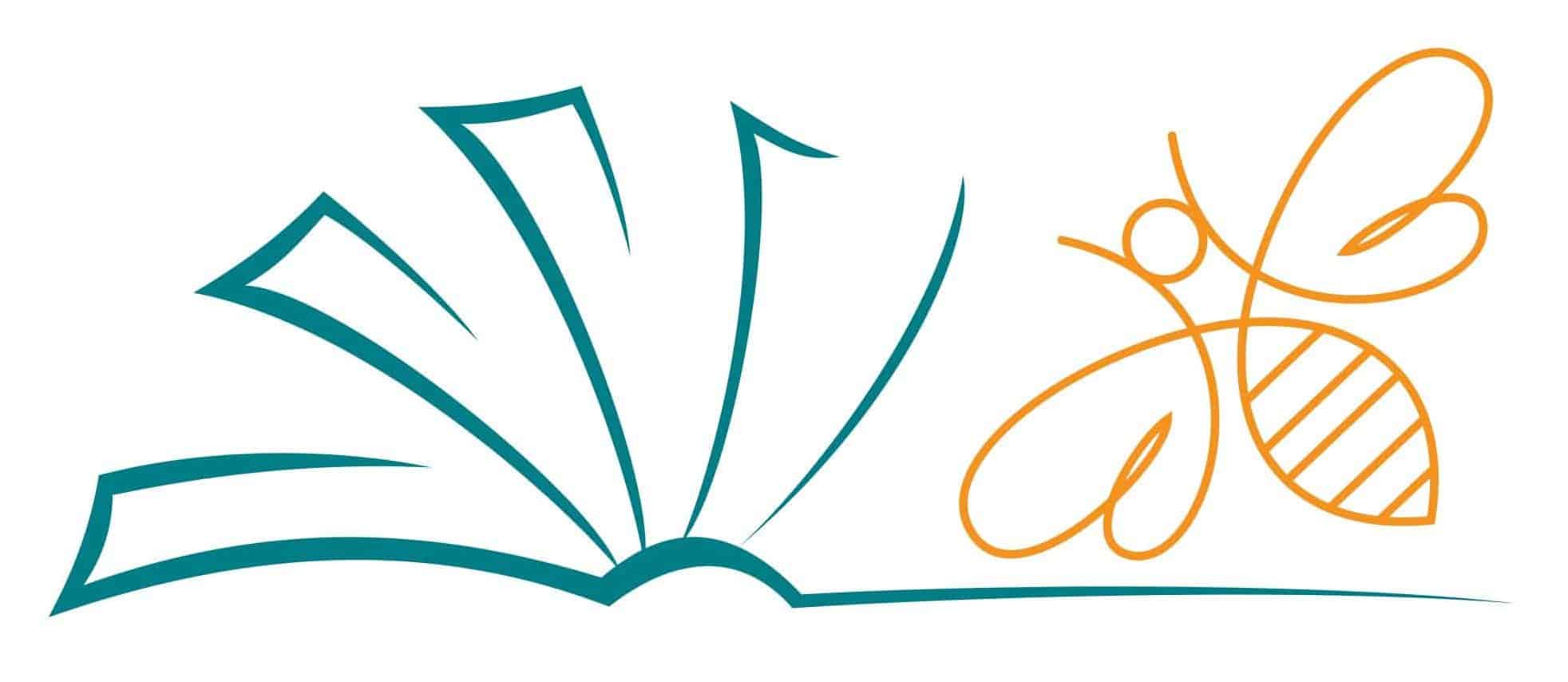If you have already completed a Deep-dive Chapter Study you will be familiar with much of this method. For the Detailed Bible Book Study you add layers to the framework you established in the Bible Book Outline method
(If you haven’t already done a Bible Book Outline you can read about it on this page. For the Deep D
The ‘How-to’ of a Detailed Bible Book Study
PRAY – Ask God by His Holy Spirit to open your eyes to the truths in His Word, to guide you in your study of His Word. Pray that He will show you what He would have you learn, as you work through this process
READ – If you haven’t already done so, you will need to read through the Book at least 3 times, preferably 5 times. However you will find yourself re-reading as you search for answers, and process each step of this study. The more you read the book, the more you will see, and understand
ASK THE 5 W’s QUESTIONS – These basic questions enable you to look at the Book objectively and literally. Apply the questions to each Chapter if you haven’t already done so. Then apply them to the book as a whole. Ask yourself the questions listed below, and note your answers on a sheet of paper. Alternatively, download the WORKSHEET you will find in the RESOURCE LIBRARY
- WHO? Who wrote this? Who was it written to?
- WHAT? What did they write? What was the occasion?
- WHERE? Where did they write it?
- WHEN? When did they write it?
- WHY? Why did they write it?
CHECK OUT WORDS & PHRASES – Working your way through each chapter look up the definitions of words you are not familiar with. Underline them and note the definition in the margin of your Bible or on the Detailed Bible Book Study worksheet
CROSS REFERENCE – Now this step can get very involved if you check out every reference listed in the margin of each chapter of the Book in your Bible. So be selective, unless you really want to go really deep. DO keep a note of the references you look up, as you read them, so that you can find them again. As sometimes you will find yourself looking at the references on the verses that were references, and you will be off down a ‘rabbit-trail’. (This can be interesting but not necessarily useful for the Book you are studying!). If your Bible doesn’t have Cross references you can use the Treasury of Scripture Knowledge. Otherwise try using an online resource such as the Blue Letter Bible website
A WORD OF EXPLANATION ABOUT CROSS REFERENCES AS THEY USUALLY FALL INTO ONE OF THREE CATEGORIES
- Parallel – in other words almost a copy of the verse it is linked to
- Illustrative – a similar verse that throws light onto the verse you are studying
- Contrasting – a verse which gives an alternative view
COMPARE TRANSLATIONS – If you have access to other versions of the Bible either on your bookshelf or an online App, read through the Book in another Bible version. See if it gives you a different insight into the book.
MARK YOUR TEXT – whether you are writing in your Study Bible or using a WORKSHEET mark the paragraph/thought divisions as you see them for each chapter. Label each segment with the theme. Note the Chapter theme at the head of the Chapter, and underline the Key verse or phrase. Do not be surprised if the theme spills over into the next chapter.
(Spoiler alert!: There are several places in the Bible where this happens as the Chapter divisions were not part of the original text but added sometime later. Go to the Bible Study Glossary Page for further explanation)
SUMMARIZE – the Book in your own words. Write this as briefly as possible on your Detailed Bible Book Study worksheet
HOW TO APPLY? – The penultimate step of this study is to ask HOW? How should I react to what I have learned about:-
- God?
- Mankind?
- What should I or should I not be doing as a result of what I have learned?
PRAY – Thank God, your Heavenly Father, for all He has shown you in His Word. And for all you have learnt. Ask for the strength to apply those things which need to be done, and grace to let go of those things which you need to release. Praise God for all the wonderful things you have learned about Him.
Take your Bible Study to the next level – try these ideas:-
- EXPLORE THE LOCATION – Look up the location in a Bible Atlas and learn about the geography of the place.
- CHECK OUT THE HISTORY OF THE LOCATION – See what you can find out about the place where this was written.
- FIND out all you can about the culture of the time and place where the Book was written and the people it was written to
- RESEARCH the writer of the chapter and what else they wrote
TRY THESE IDEAS TO HELP YOU BUILD OTHER STUDIES:-
Using the same text as the one you used for your Detailed Bible Book Study, complete one or more of these:-
- CHARACTER STUDIES – Study the main Characters within the Book
- TOPIC STUDIES – Study a theme through out the whole Bible
- VERSE ANALYSIS – do a verse analysis of each verse or of significant verses where you feel the need to take a closer look. See the pages for VERSE MAPPING or VERSE CHARTING for more information on these studies
You can find blank worksheets for this Bible Study method in the Honey Resource Library. Request your FREE Password via the button shown below
